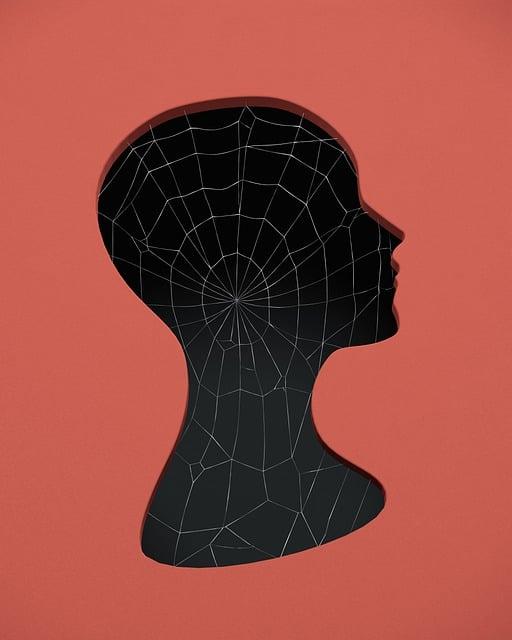In the world of home design, color is not merely a decorative element but a powerful force that can influence our moods, behaviors, and even our well-being. From calming blues to energizing yellows, every hue holds its own unique psychological impact on the inhabitants of a space. In this article, we will explore the fascinating realm of color psychology in home design, uncovering the secrets behind the shades that shape our living environments.
When it comes to designing your home, the colors you choose can have a significant impact on the overall mood and atmosphere of each room. Warm colors such as red, orange, and yellow can create a cozy and inviting space, while cool colors like blue, green, and purple can promote calmness and relaxation. Understanding the psychology behind these color schemes can help you create a space that not only looks visually appealing but also fosters the desired mood and behavior.
Creating a harmonious and balanced color palette is essential in achieving a cohesive look throughout your home. Utilizing a mix of neutral tones as a base and incorporating pops of color through accent pieces like throws, pillows, and artwork can add personality and interest to your space. By carefully selecting complementary colors and utilizing color theory principles, you can create a space that feels both visually stunning and emotionally inviting.
In conclusion, the power of color psychology in home design cannot be underestimated. From creating a sense of calm in your bedroom to promoting creativity in your home office, the colors you choose can have a profound impact on your mood and well-being. So next time you’re decorating or renovating your living space, remember to consider the psychological effects of color and choose wisely. Your home should be a reflection of who you are and how you want to feel, so let color be your guide. Thank you for exploring the fascinating world of color psychology with us today. Happy decorating!


